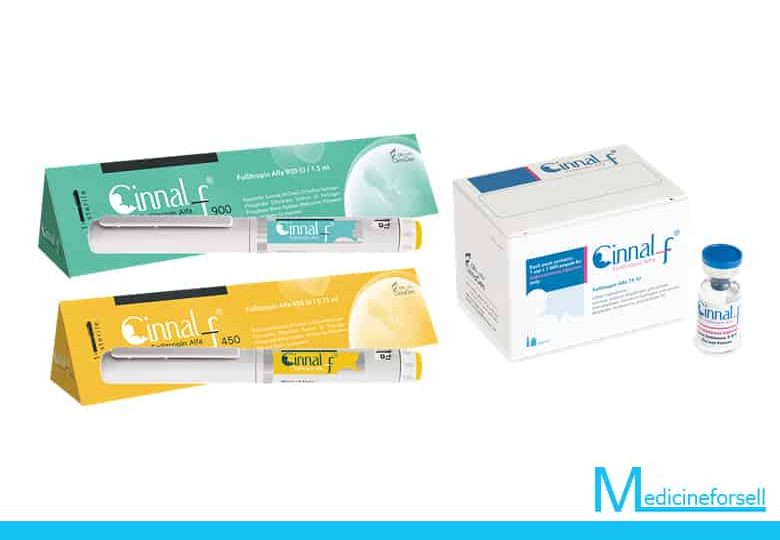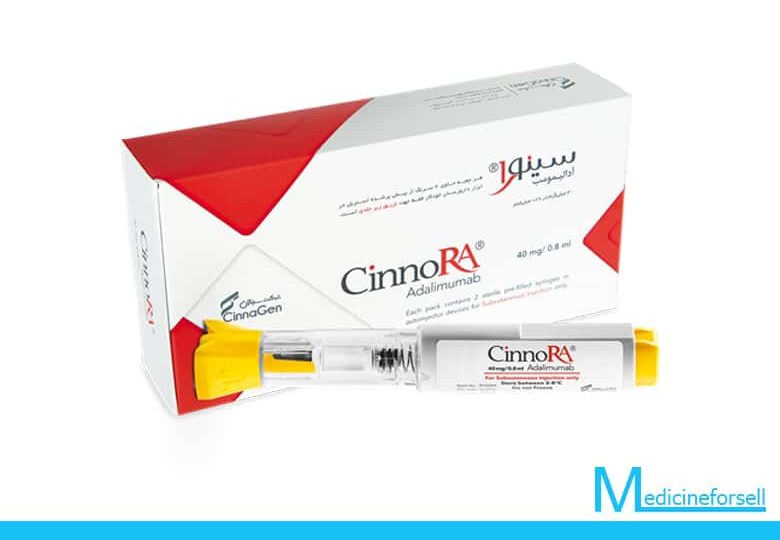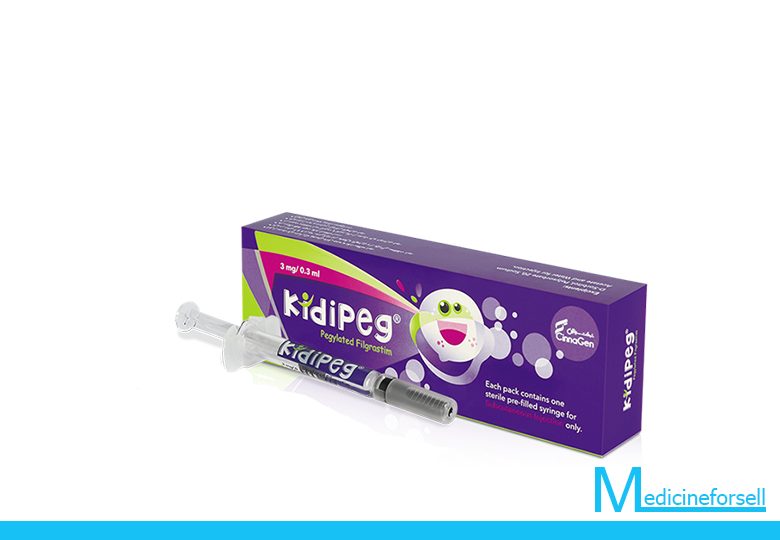

Cinnomer (Glatiramer Acetate)
Simplicity, Reliability, Safety
What is Cinnomer?
Cinnomer (glatiramer acetate) is a combination of four amino acids (proteins) that affect the immune system.
Indications
What is Cinnomer used for?
Cinnomer injection is used to treat relapsing forms of multiple sclerosis. Cinnomer will not cure MS, but it can make relapses occur less often.
Contraindications
Who should not use Cinnomer?
You should not use Cinnomer if you are allergic to glatiramer or to mannitol.
Important information
What should you know about taking Cinnomer?
Use Cinnomer exactly as it was prescribed for you. Do not use the medication in larger amounts, or use it for longer than recommended by your doctor. Follow the instructions on your prescription label.
Tell each of your healthcare providers about all your medical conditions, allergies, and all medicines you use.
Cinnomer is given as an injection under your skin. You may be given instructions on how to inject your medicine at home. Do not use this medicine at home if you do not fully understand how to give the injection and properly dispose of needles and syringes used in giving the medicine.
Some people receiving a Cinnomer injection have had a severe reaction. Tell your caregiver right away if you feel anxious, warm, itchy, tingly, or have a pounding heartbeat, tightness in your throat, or trouble breathing during the injection. This type of reaction may occur even after you have been using this medicine for several month
Tell each of your healthcare providers about all your medical conditions, allergies, and all medicines you use.
What other drugs could affect Cinnomer?
Other drugs may interact with glatiramer, including prescription and over-the-counter medicines, vitamins, and herbal products. Tell your doctor about all your current medicines and any medicine you start or stop using.
How to use Cinnomer?
Use Cinnomer injection exactly as prescribed by your doctor. Follow all directions on your prescription label and read all medication guides or instruction sheets.
Cinnomer is injected under the skin. A healthcare provider may teach you how to properly use the medication by yourself. Cinnomer injections are given either daily or 3 times per week, depending on your dose.
Read and carefully follow any Instructions for Use provided with your medicine. Do not use Cinnomer if you don’t understand all instructions for proper use. Ask your doctor or pharmacist if you have questions.
Each prefilled syringe or physioject is for one use only. Throw it away after one use, even if there is still medicine left inside.
Do not use if the medicine has changed colors or has particles in it. Call your pharmacist for new medicine.
Use a needle and syringe only once and then place them in a puncture-proof “sharps” container. Follow state or local laws about how to dispose of this container. Keep it out of the reach of children and pets.
Cinnomer dosing information
Usual Adult Dose for Multiple Sclerosis:
40 mg subcutaneously 3 times a week
Comments:
- For the 3 times a week dosage regimen, each dose must be separated by at least 48 hours.
- Length of treatment should be individualized.
Is Cinnomer safe during pregnancy and breastfeeding?
It is not known whether this medicine will harm an unborn baby. Tell your doctor if you are pregnant or plan to become pregnant.
It may not be safe to breast-feed while using this medicine. Ask your doctor about any risk.
What happens if you miss a dose?
Use the medicine as soon as you can, but skip the missed dose if it is almost time for your next dose. Do not use two doses at one time.
What happens if you overdose?
Seek emergency medical attention.
Side Effects
What are some side effects of Cinnomer?
Get emergency medical help if you have signs of an allergic reaction to Cinnomer: hives; difficult breathing; swelling of your face, lips, tongue, or throat.
Some side effects may occur within minutes after an injection. Tell your doctor if you have any of these symptoms: itching, rash, swelling, warmth, skin redness, tingling, anxiety, fast or pounding heartbeats, chest pain, tightness in your throat, or trouble breathing.
This type of reaction may occur even after you have been using Cinnomer for several months.
Call your doctor at once if you have: chest pain (may occur alone or with other side effects shortly after an injection); or hollowing or other skin changes where the injection was given.
Common Cinnomer side effects include:
- flushing (sudden warmth, redness, or tingly feeling);
- rash; or
- redness, pain, itching, swelling, or a lump where the injection was given.
This is not a complete list of side effects and others may occur. Call your doctor for medical advice about side effects.
Storage
How to store Cinnomer?
Store the prefilled syringes or physioject in the refrigerator. Do not freeze. Throw away any syringe that has been frozen.
Take the medicine out of the refrigerator and let it reach room temperature for 20 minutes before injecting your dose.
Protect from moisture, light, and high heat.




